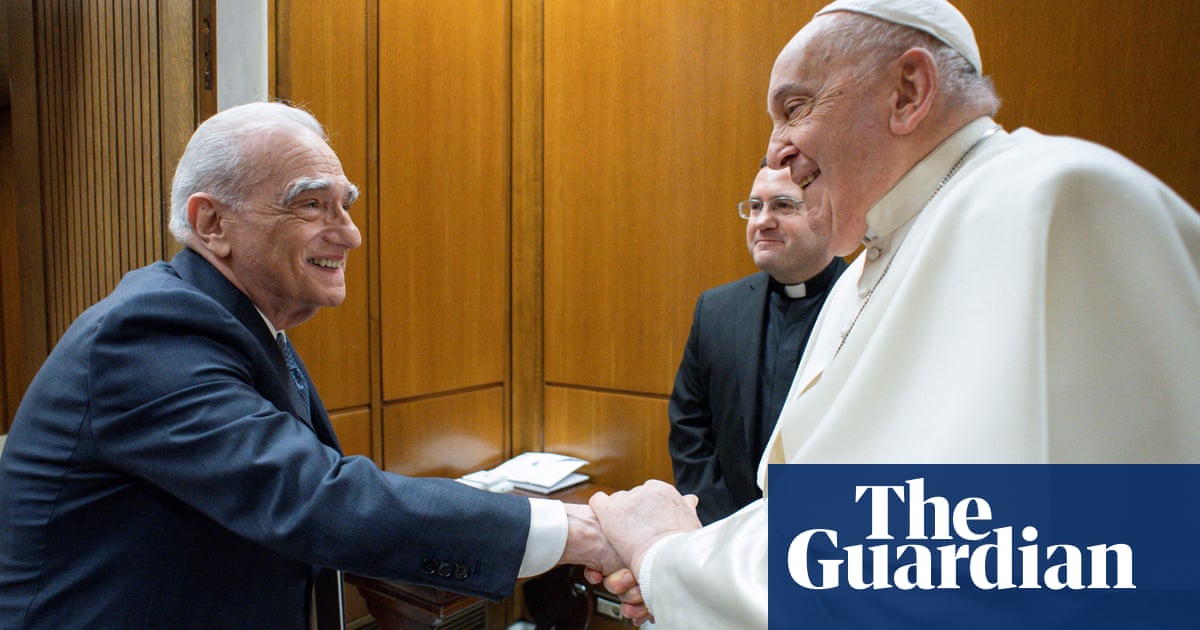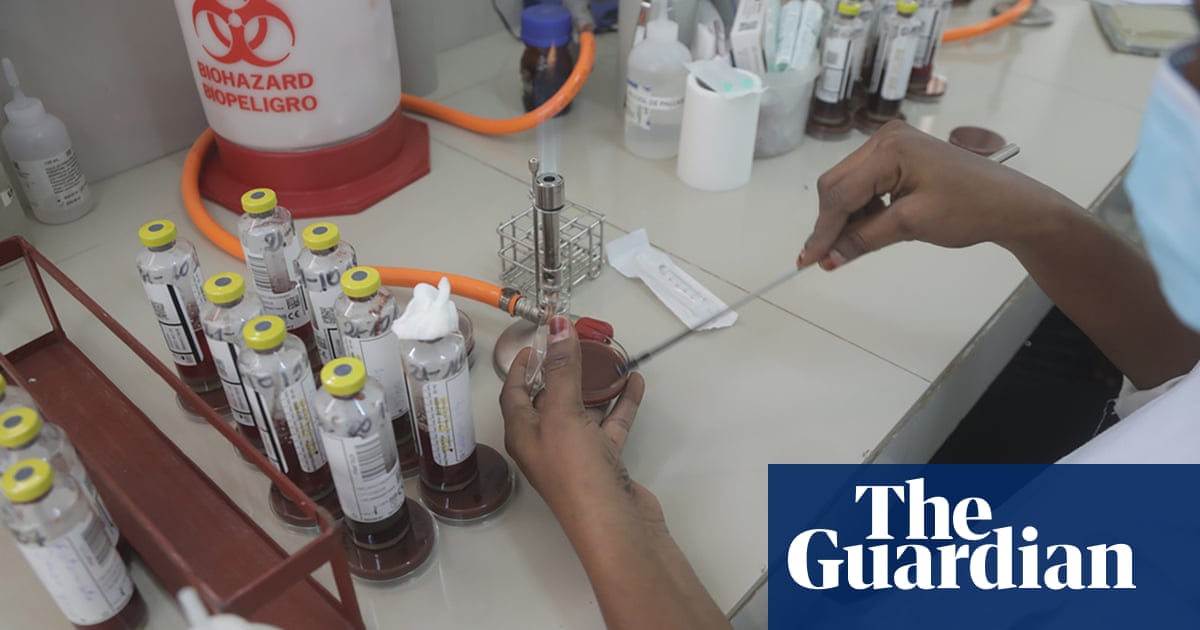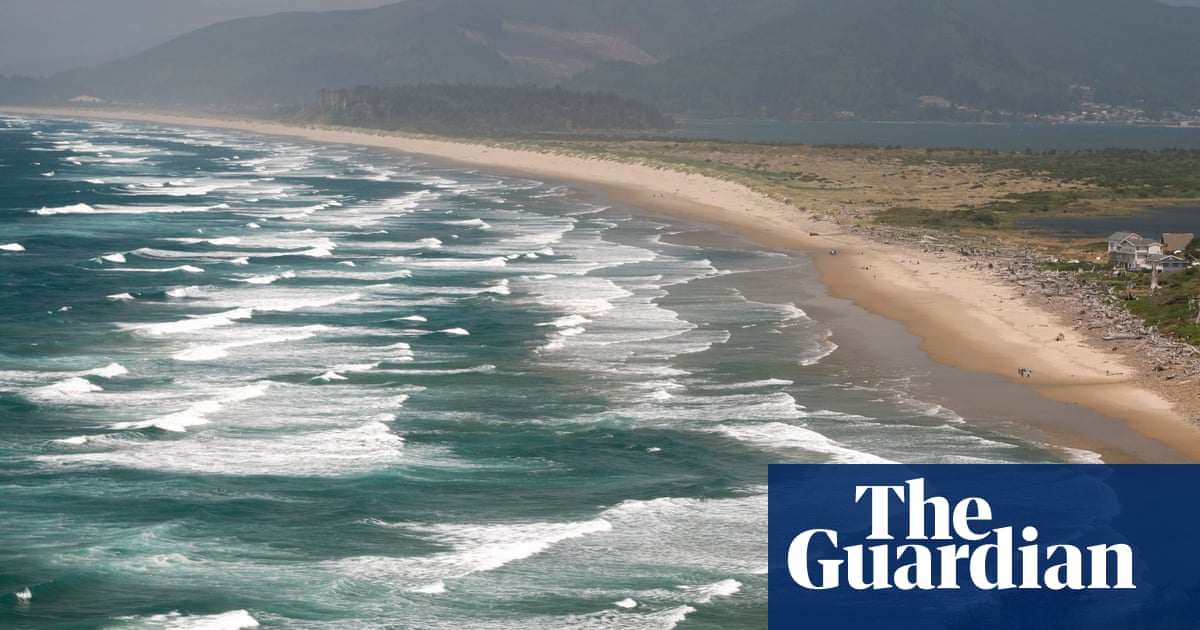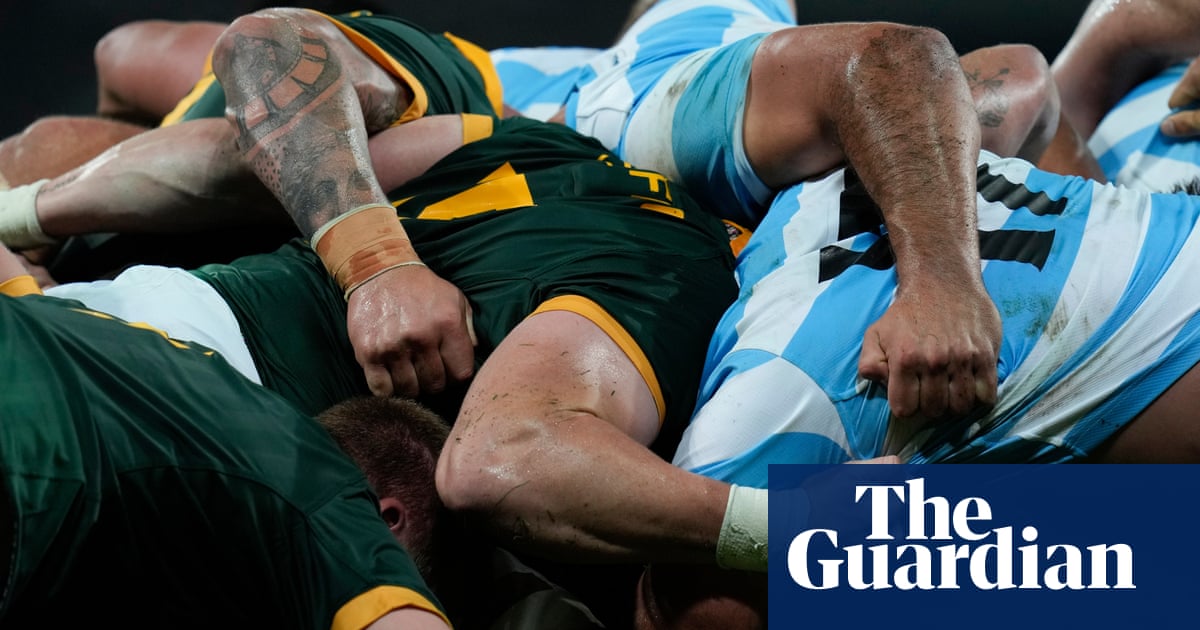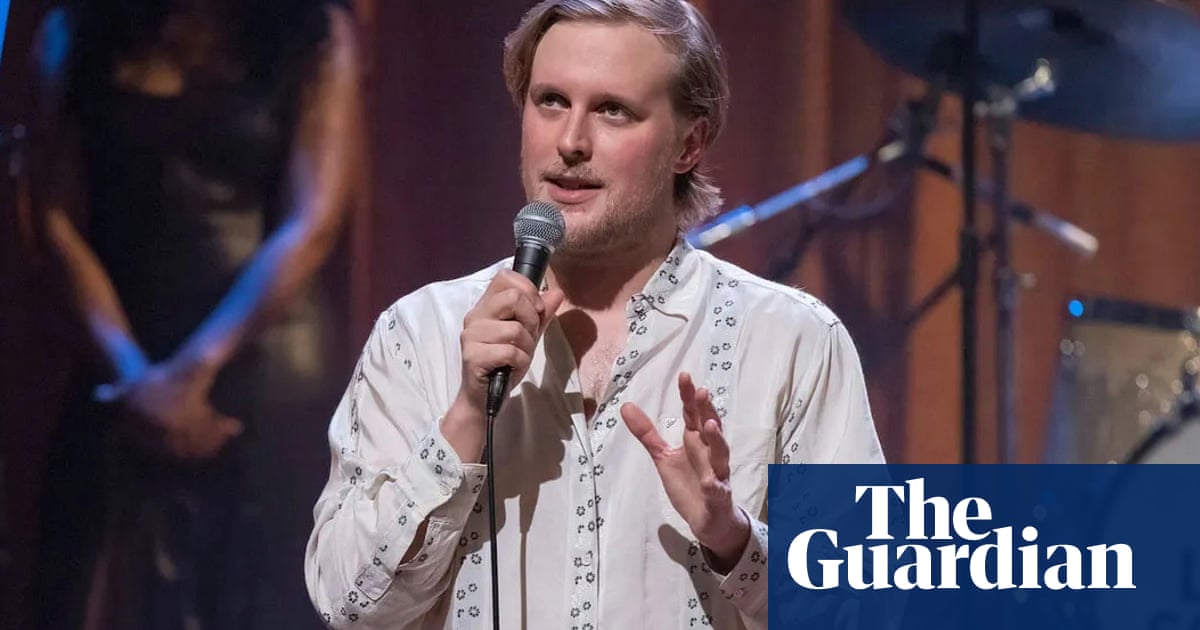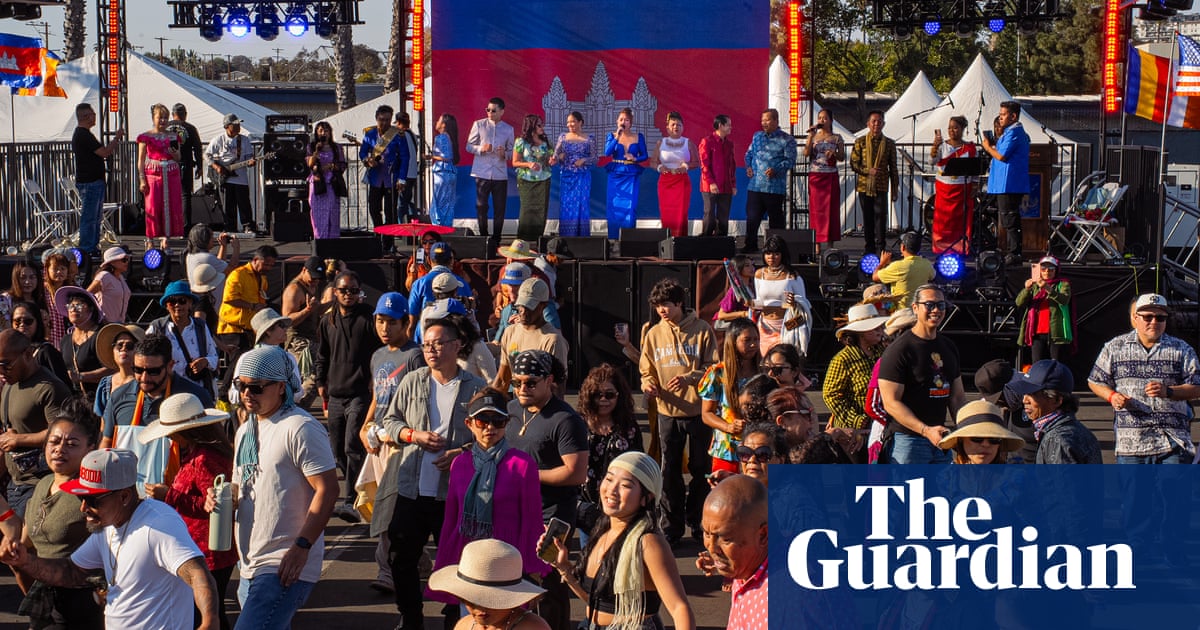No one is sure precisely when the “coffee table” tradition began, but consensus traces it back about 60 years. It would take a lot for one of the regulars not to show up. The time is almost 11am and cups are being laid out in the Aspmyra Stadion canteen for the Bodø/Glimt old boys’ daily catchup. In walks Ivar Bakke, who can count himself as the group’s elder statesman at 94. “One of the oldest people in Norway!” he laughs before sitting down. Tall tales are retold, memories sharpened in delighting over past and more recent glories; however far those stretch, everyone here knows what it has taken to bring their club to the barely fathomable territory of a Europa League semi-final.
The raconteur in chief is Jacob Klette, a sharp figure in his late 70s who made almost 400 appearances for a team that broke boundaries. “The northern part of Norway has always had to fight for its rights,” Klette says. “I played for Lyn, the best team in Oslo, in the late 1960s. You would open the newspaper and see adverts: ‘We have an apartment for rent, but not for people from the north.’ You felt disgusted to see it.”
Klette and many of his friends at the table would turn convention and outright prejudice on their head. Clubs from all the way up here, 75 miles inside the Arctic circle, were not allowed to play in the Norwegian cup until 1963. They were regarded as poor relations on and off the pitch, the north’s customs and dialect unwelcome in the supposedly more refined south. Promotion to the top flight was made possible for northern sides only in 1972, initially on condition of contesting an additional playoff. But in 1975 Bodø/Glimt, while still hammering at a glass ceiling from the second tier, travelled to Oslo and sensationally beat Vard in the cup final.
“There are eight champions from that year around this table,” Klette says. “I scored the winner here in the quarter-final against the champions, Viking, right down in that corner of the pitch. After the match everyone swarmed on to the grass, all the children surrounded me. The next year we played Napoli in the Cup Winners’ Cup and their own fans booed them. We showed you can be from northern Norway and play against anyone.”

Across the room, the present-day fruit of those endeavours are visible. As Klette chats, the first team are filing in for lunch. They won a routine top-flight fixture against KFUM the previous evening and are three days from the most significant match of their careers; the biggest in Bodø/Glimt’s history. This season’s team went to Italy and knocked Lazio out on penalties to earn their last-four tie against Spurs. For five years that have brought four league titles and a string of European upsets, they have barely missed a beat.
“When they’ve done something special and come back here, we treat them like it’s a normal day,” Klette says. “The world keeps turning: been there, done that. But we’re always here drinking coffee and the players tell us they appreciate the stability in this room.”
As if on cue, the captain, Patrick Berg, wanders over to exchange greetings. Klette teases Berg, whose first-leg suspension is a significant loss, about the identity of his potential replacement in London. Berg’s grandfather Harald, one of Norway’s best-ever players and another hero of 1975, is sitting further down the table; they are just two parts of a dynasty that has left a profound mark on club and city. Beloved things are handed down here. “We always connect the history to each player,” Klette says. “They find it like a family.”
The winter has, even by local standards, been rainswept and harsh. But when KFUM visit the sky is perfect blue; overnight the clouds cleared, darkness never quite shrouding a band of white arctic light that shimmered across the sea through the small hours. The walk past Hålogalandsgata’s sturdy wood-panelled houses to Aspmyra is a picture. Yellow and black flags fly from every second property, the crooked peaks of Borvasstinden gleaming 20 miles in the distance. Everywhere is theoretically walkable in this city of 53,000 although anyone from further afield has it tougher.
At least one fan has made the gruelling journey from Harstad, 250 miles further north; some still travel three hours each way by boat from the Lofoten archipelago. When Bodø/Glimt were allowing an entire region to walk tall 40 years ago people would drive for 15 hours from the country’s most remote region, Finnmark, to share in the sense of pride.
Now Bodø bursts with it again. “This is basically one big dream,” says Magnus Vindenes, a member of the J-Feltet supporters’ group. “It’s difficult to appreciate right now. But everybody here feels part of it. We still see our players out walking their dogs. A lot of them are local lads and feel the same way we do. It feels good to show the rest of the country that this is how you do it. Bodø/Glimt means something more than being just a good football team; they’ve always been a symbol of northern Norwegian self-esteem.”

Vindenes has followed the club through multiple financial crises and three relegations since the millennium began. In 2017 it seemed an unsurpassable high to win 6-1 at Strømmen, a tiny club outside Oslo, en route to their top-flight return. “There had been a few years where I made peace that we weren’t going to be a good side any more and this was just our lot,” he says. “So at the time it was: ‘My god, we’re going back up, this is massive.’ Four years later José Mourinho’s Roma are being thrashed at Aspmyra. It goes to show anything is possible.”
Inside the stadium, Inge Henning Andersen is not inclined to argue. Bodø/Glimt’s chairman uses the folk concept “Askeladden”, the underdog power of battling through using guts and ingenuity, to describe their rise. “It means you came from nothing,” he says. “The fact is that nobody has ever pumped money into this club. Whatever is here, we earned it.
“We haven’t always even been No 1 in this city. But now we have come this far we’ll do whatever it takes to stay there. Even at our AGM in 2018, our CEO [Frode Thomassen] said we might win a cup once in a while, but probably not the league. It never crossed our minds to be here.”

Andersen sensed something had changed in 2020, when Bodø/Glimt followed a second-placed finish in Eliteserien with their first title. They had rarely strung together consecutive successful seasons. “Have we cracked the code now?” he asked himself. It turned out they had. “Vårres Måte” (our way) is the name of an action plan few, domestically or among their continental scalps, have managed to outsmart.
It is Kjetil Knutsen’s way too. The previously little-known 56-year-old has, in seven years as manager, created a machine by trusting in others’ cast-offs and developing from within. Players have been sold but, in many cases, returned to shine again in a formidably high-functioning 4-3-3 system. Berg, who struggled at Lens, and the former Milan prodigy Jens Petter Hauge are obvious examples.
“They come back and thrive in the system we have,” says Roger Andreassen, who played for Bodø/Glimt in their embattled 1980s, receiving only a car and petrol money in return. “And in most matches, when it gets to 70 minutes they can step up a gear and just overrun their opponents. Many just aren’t prepared for it.”
after newsletter promotion

Andreassen looks on from the back of Aspmyra’s oldest stand, built in 1966, as Bodø/Glimt initially struggle to breach KFUM amid a muted atmosphere. Berg will later, at that coffee table meeting, observe that well-wishers had been approaching him all week offering warm thoughts for the Tottenham tie without any mention of Sunday’s league assignment. In a safe standing area opposite, J-Feltet run through their choral repertoire of songs about friendship and the north, which bring out goosebumps on a packed European night. KFUM, who represent Oslo’s YMCA, do such an efficient spoiling job that thoughts drift to the prospect of their eight away fans performing the appropriate dance.
In the end Bodø/Glimt slide up the gears again with three goals in the final 10 minutes. A weaving run by Håkan Evjen, another who must sit out Thursday’s game with a ban, lets Sondre Sørli tee up Kasper Høgh’s opener. Minds in tiny Aspmyra, far from full to its 8,270 capacity, are patently elsewhere.
That does not apply to Knutsen, a pragmatist whose celebrations in Rome were tempered by his sense the team had not played well. He is asked after to savour their leap to the big time. “No, it’s too early,” he responds. “Give me 10 years, and then maybe.”

Runar Berg remembers walking out of the pub in 2010 and stopping for a late-night burger at Anna’s, a small pentagonal institution close to the city’s shopping district. He had recently retired from playing and Bodø/Glimt were close to bankruptcy, a fate with which they had flirted previously. Berg, the uncle of Patrick and son of Harald, had begun a collection with his brother Ørjan to stave off the club’s extinction. Both men were club legends who rose to wider fame playing for Rosenborg’s successful teams in the late 1990s.
“A guy in there had 200 kroner [£15] and threw it at me: ‘Take it, you need it more than me, save the club!’” he remembers. “It all built up. People sold hot dogs, ran lotteries, it was a big thing.” A local company donated batches of lutefisk, dried cod, so that the club could hold supper nights and sell it. The Berg family, club and community running through their veins, organised a concert that brought in an estimated £130,000. Bodø/Glimt pulled through. A decade later, the picture had changed unimaginably.
Talking a few yards from his coffee-drinking seniors, Runar Berg runs through a lifetime of footballing stories handed down by Harald. There was the occasion in the 1960s when, unaware a game had been rescheduled, a group of players had to be hurriedly salvaged from a fishing trip in the mountains. Then there was the time when, looking for a grass pitch on which to train for a cup tie further south, the only local option was a campsite outside town. “They turned up and found people with tents up,” he says. “There was nowhere for them to go.”
Before Aspmyra was constructed, Bodø/Glimt played on hard, gravelly ground. The climate dictates that nowadays they operate on artificial turf, which should still be little excuse for the multimillion-pound operations that have floundered here. The next step, should plans be realised, is to build a new 10,000-capacity venue a mile along the road. Andersen hopes construction can begin this year.

There is a balance to strike: the club’s workforce has trebled to 120 since 2017 but the region’s remoteness limits crowd sizes. Whereas they could have housed 40,000 fans for the second leg against Spurs, a fraction of that figure would be willing to watch KFUM. Bodø itself has faced changes to the fishing and air defence industries that once formed its lifeblood, although it has reinvented as an IT hub. It would be difficult for the club to outgrow their home.
Some day soon, the coffee table may have to move. “I’m confident in the way this club is built and funded,” Klette says. “In my day, if you asked a player from the south to come here it was: ‘No way, it’s too far and too cold.’ But the people in every department now are so dedicated and know their jobs by heart. If we manage to get the new stadium, I think we can be in this position for the next two decades.”
Klette breaks off to hail the previous day’s gamebreaker Sondre Sørli, who is clearing his tray nearby. “We always give the coaches a brilliant impression that we are selecting the team,” he says. Bodø/Glimt’s elder statesmen cannot quite go that far nowadays. But, here in one of European football’s remotest outposts, their decades-long cocktail of perseverance, community, legacy and sheer love is unbreakably entwined in modern miracle.

.png) 8 hours ago
2
8 hours ago
2



